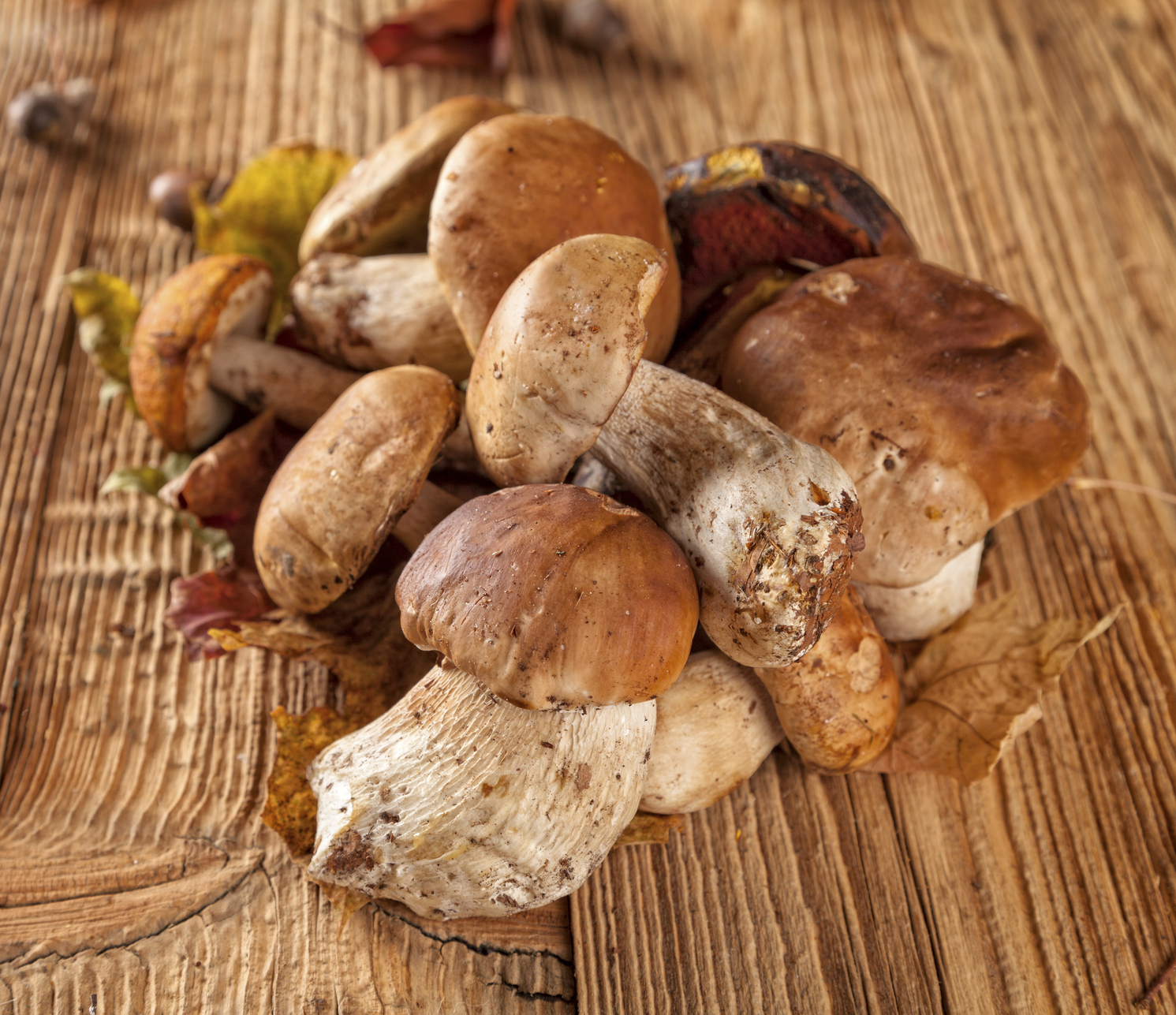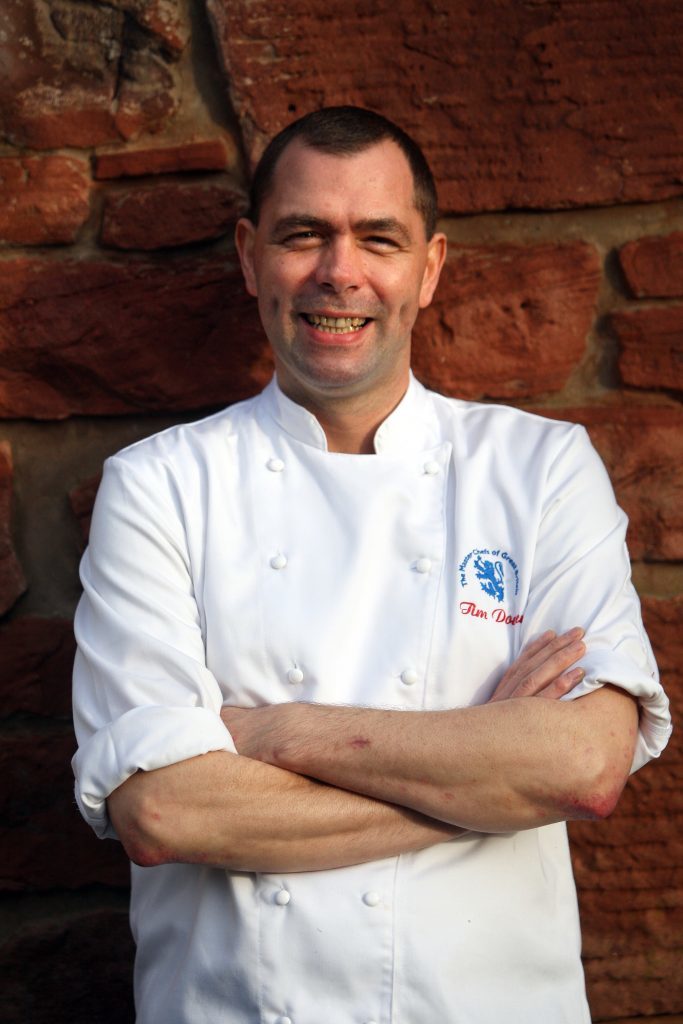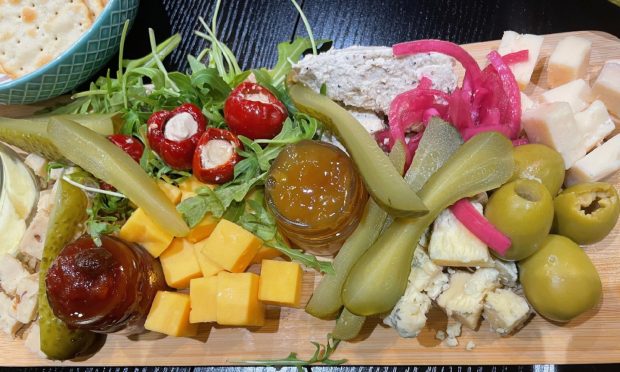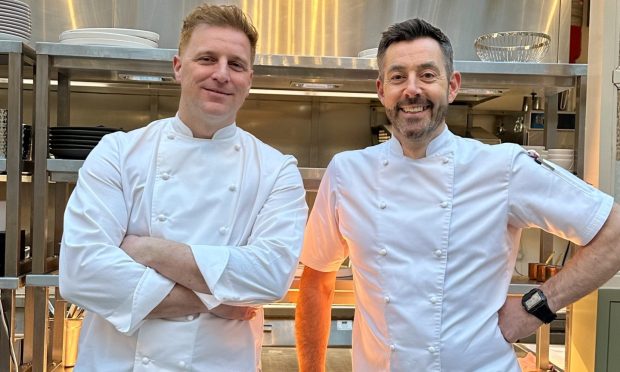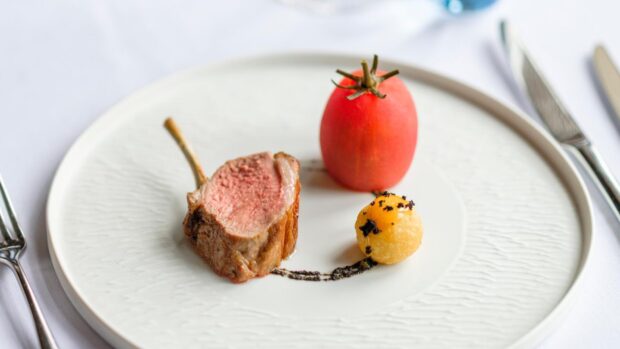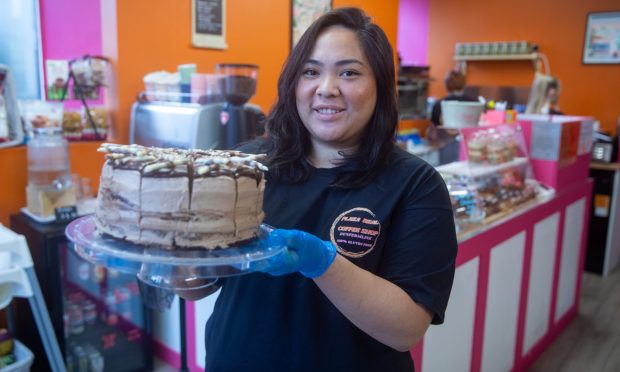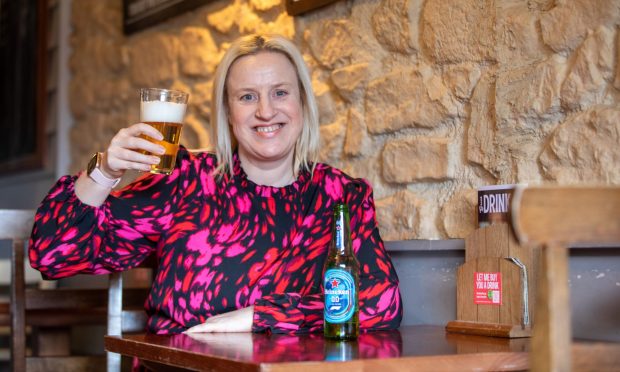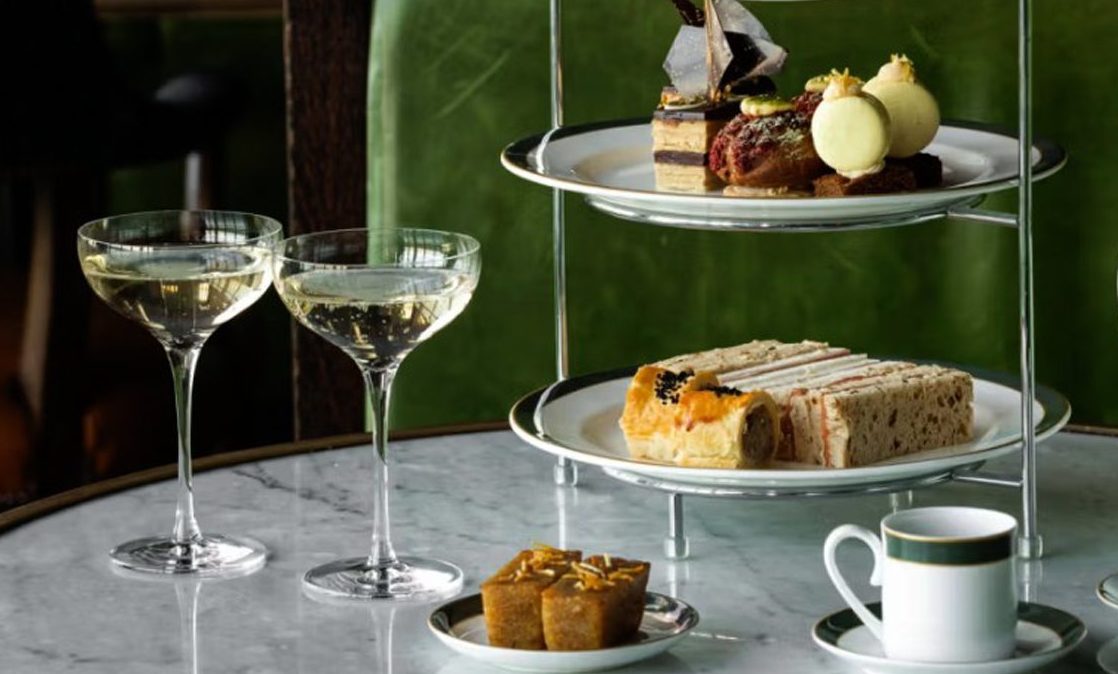I have often written about my love of foraging, especially for mushrooms. Although chanterelles are plentiful and great fun to pick, I get the most excitement from finding cèpes, says Tim Dover, chef patron at The Roost restaurant in Bridge of Earn.
They are often hidden and you may see only a small brown cap resembling a shiny stone, but under leaves and bracken their white stem is revealed, it’s a real and natural treasure hunt. I use the French word for them as I am a French-trained chef; the Italians call them porcini, but their Latin name is Boletus edulis. They look like penny buns, and are sometimes referred to as such.
They are perhaps the most famous and gourmet of edible fungi and unfortunately insects of the forest agree they are a delicious food, so it is really quite rare to find unblemished and young cèpes.
I don’t suggest that anyone goes mushroom picking without some good knowledge and/or a guide to edible and poisonous mushrooms, however you can buy dried porcini quite easily in delicatessens, which can be rehydrated and used just as you would use fresh mushrooms throughout the year.
I have recently discovered a Polish dish of cèpes ravioli in borscht that is traditionally eaten on Christmas Eve which I am thinking of making at the restaurant this year. I’m more familiar with French recipes that include cèpes to accompany strong flavoured meat such as venison or hare, because their flavour is not subtle but serves to intensify the taste of the accompanying meat.
Cèpes à la sarladaise is a classic French dish, and very easy to do: Use 250g of cèpes, slice them thinly and dry them out in a low oven to take out the moisture, then stew them in some oil on a low heat for about 5 minutes.
They are then ready to use for this recipe which calls for 500g of potatoes (use baking potatoes, cut roughly into 2cm chunks), 1 clove of garlic (finely chopped), 1 tablespoon of goose or duck fat, (or olive oil if you prefer to be healthy), salt and ground black pepper, handful of chopped parsley.
Heat the fat or oil in a non-stick frying pan, and add the potatoes, cook on medium heat for about 15 minutes when they should be almost tender, add the pre-cooked mushrooms for another 5 minutes, then add the garlic, salt and pepper, cook for another 5 minutes and serve topped with chopped parsley or whatever herb might compliment any meat that you are serving with the potatoes. This amount might serve two people, so just increase the quantities to make more.
Chef’s Tip
I use a reliable mushroom book with very detailed drawings to be certain that I pick correctly.
One tip to identify a true cèpe from other boletus mushrooms is that if you break the cap, the inside of the mushroom should remain white, if it changes colour it is another type of boletus which may be edible but not quite so delicious.
Don’t eat it unless you are absolutely certain what it is! If you do come across fresh cèpes, make sure that you remove their spongy pores on the underside of the cap, and use only the flesh of the mushroom and the stem.
